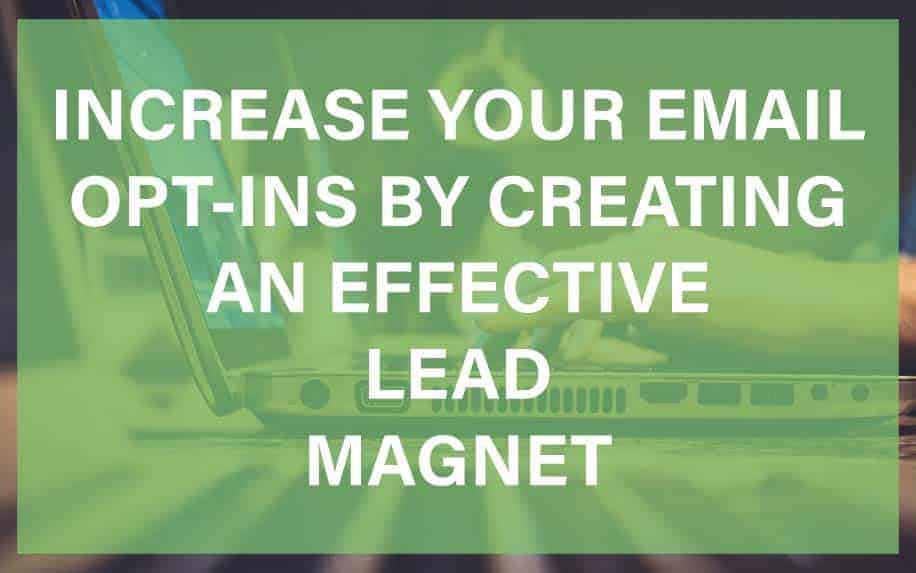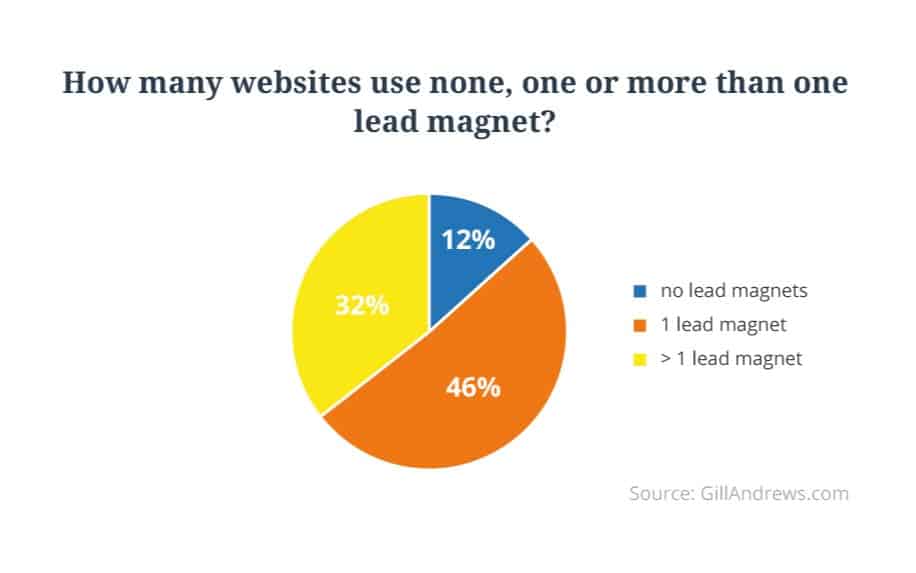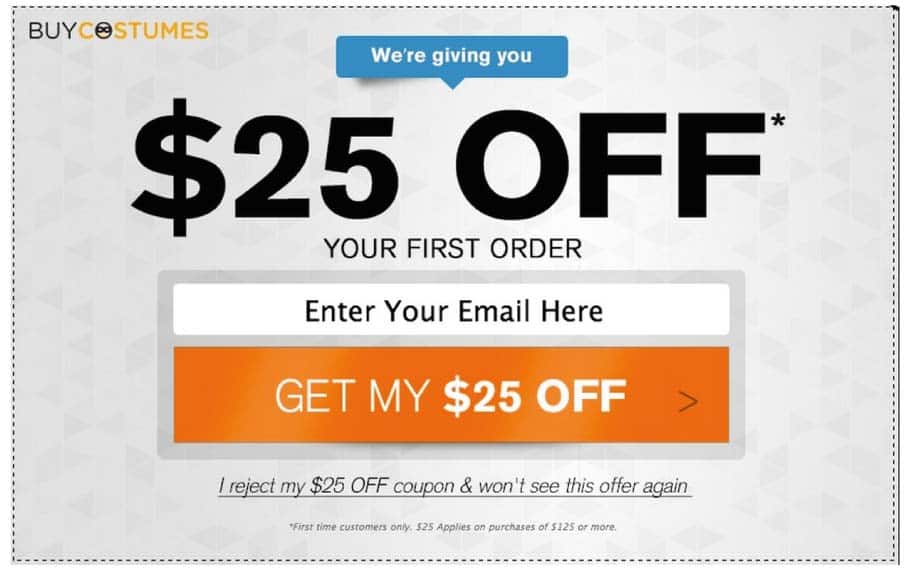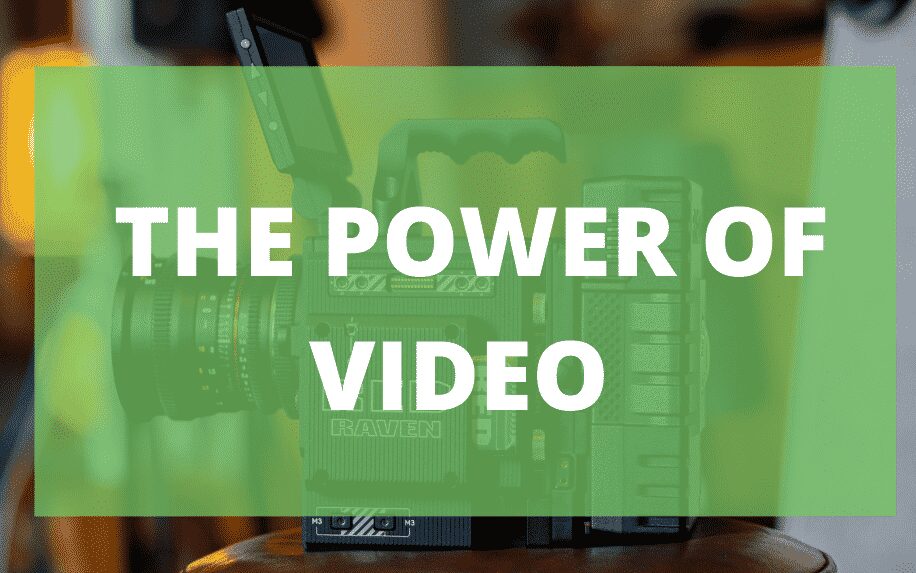Lead Magnet: Email marketing was a simple endeavour with fruitful results. Marketers would post content on the web and include a section where viewers could enter in their email addresses if they wanted to see more content or subscribe.
As the internet has continued to grow and dominate the advertising world, however, fewer and fewer people volunteer to be bombarded with sales.
Fortunately, industry leaders have grown with the times. Realizing that consumers would need some form of incentive to type in that email address and subscribe, marketers began offering enticing perks to get leads, typically known as lead magnets.
Crafting an effective lead magnet is important because, in the modern advertising climate, you must convince your consumers why they should care about your product.
Simple curiosity won’t go very far, but by following these simple techniques, you can massively increase your subscriber list.

This comprehensive guide will cover everything you need to know about creating an effective lead magnet in 2023, including:
Table of Contents
What is a Lead Magnet?
A lead magnet is anything you offer users to try and make them enter your marketing funnel. Most often, this means giving something away to convince users to sign up for your email list.
Essentially, there are two categories of lead magnets:
- Premium content,
- Exclusive offers and discounts.
So, you might give away a free ebook or offer a percentage off a purchase to anyone who signs up for your mailing list.
Either way, the goal is the same. That is, lead magnets solve a crucial problem for digital marketers. The reality is that many users won’t make a purchase when they first visit your site.
Lead magnets overcome this by helping you maintain contact with your users and create more selling opportunities.
Let’s examine what you can do to ensure this works.
Most Effective Types of Lead Magnets
Different lead magnet asset types have their pros and cons.
Ebooks:
- Widely used for B2B and B2C – versatile option.
- Allow in-depth exploration of the topic, ideal for educating prospects.
- The optimal length is 20-50 pages with a mix of text, images, and charts.
- Use section headers, bullet points, and highlighted text for scannability.
Whitepapers:
- Popular in B2B – establish thought leadership.
- More analytical and data-driven than ebooks.
- Keep under 10 pages and use an academic tone and citations.
Templates/Checklists:
- Useful for B2C ecommerce – provides tactical value.
- It can be short, 1-2 pages. The focus is solving a specific consumer need.
- Offer a framework, cheat sheet or calculator.
Webinars:
- It requires more effort but builds engagement through interactivity.
- Record webinar and gate replay behind the lead form.
- Supplement with a slide deck, handouts, and Q&A.

Research Your Lead Magnets
To create an effective lead magnet, you have to offer something of value to your audience. The only way you can know what your audience values is to do some research. After all, you need to know what your users really want.
You can go through the guesswork of sending out surveys or tracking the SEO of your niche market, but the best way to determine your target audience’s values is to see where they spend their money.
People pay for value, so go where the money is. There are some very simple ways to do this:
- Look at the most purchased products in your niche.
- See what products online marketplaces pair with products in your niche (like “people also purchased” and “people also viewed”).
- Look at the prices of your competitors’ products. The most highly-priced items are likely the ones consumers perceive to have the most value.
Once you see where consumers place their value, you can begin to package lead magnets based on this information. Keep it relatively short.
You’ll likely find that your most expensive products have the highest drop-off rate. If this is the case, you might consider offering a discount lead magnet for these to increase sales volume.
Alternatively, say your business sells boutique clothes. If you did an Amazon.com search and found that people frequently purchase several complementary clothing items of the same brand at once, you can assume people value the taste of that brand.
As an effective lead magnet, you could offer something that would validate and bolster that value: a free guide to mixing and matching your wardrobe (which would include items you sell).
Writing Compelling Lead Magnet Copy
- Hook the reader’s attention with statistics or provocative questions in the headline.
- Address reader pain points and desires in copy. Emphasize benefits.
- Use the second person “you” to speak directly to the reader.
- Limit tech jargon, and write conversationally.
- Include concrete examples, case studies and tips.
- Close with clear CTA to download assets.
Answer Your Customers’ Questions
More research for effective lead magnets is already right in front of you, sitting in your comments section and on your subscriber list.
If your content has any comments section, you have a platform where potential customers tell you what they want.
This is especially important when it comes to creating premium content, as you can tailor your lead magnets to the problems your actual customers face regularly.
Of course, there are always outliers, but if a vast majority of the comments all say the same thing, you know in what direction you need to go. Happy customers will freely choose to opt-in for emails and will be more likely to share your content with others.
An audience that feels ignored or undervalued will not subscribe to your content, no matter what you’re offering in return, whether it’s a 40% off coupon or special access to content.
An often-overlooked source of information will come from your current subscribers. Simply ask them what kind of content they want to see more of, and you’ll be surprised at how much free advice you will receive.
Generally, you should only ask one question about what they want to see.
Create Compelling Content People Want to Read
This is the most important thing any website owner can do. Compelling content is the foundation of a successful website. When you offer fresh or original content that people want to read, you won’t have to work hard for a subscription.
Make your content stand out from the rest. Write from an unexplored perspective and promote your brand uniquely and engagingly, and anything that sets your website apart from the millions of others on the internet helps.
The key to successful web content is providing something that users will find valuable. This means trying to give them actionable advice and solving concrete problems. Of course, if you can do this in a way which promotes your product, even better.
Very few people subscribe to content that they can receive from countless other sources with a quick Google search. You want loyalty, and you want subscribers. You get those things when you put forth the work to create an excellent website with engaging content.
Make Your Content Visually Appealing
You can ensure your content stands apart by sprucing it up. So many people become hung up on the meat of the content, but if you sloppily put it together and publish it on a boring web page, you’ll find it difficult to attract any readers.
Strong content must still be presented in a professional manner that is also easy for the audience to take in and intuitive for the audience to navigate.
Many people are immediately turned off by a website with a thousand pop-ups, tacky ads, and fonts that are difficult to read. The same is true for a website that is all black and white and full of lengthy paragraphs.
Content must be easy on the eyes of any audience, young or old.

The good news about sprucing up your content is that you really only need to focus on the aesthetics and how appealing it is to the eye. The content is already there; it needs to be reformatted and represented to your audience.
Strong content that is presented professionally builds your credibility with your audience. Adding stimulating visuals to text and turning it into a PDF file. Then, your content looks like a free eBook (a valuable offer!) instead of some bullet points.
Page-Specific Lead Magnets
Of course, lead magnets are only effective if people actually sign up to receive them. One of the most important things you can do here is to align your lead magnets with the right pages on your site.
So, for example, if you have a handful of blog articles on your site which drive the most traffic, it makes sense to create targeted lead magnets for these.
There are many different types of lead magnets, but specific lead magnets usually perform the best. Your lead magnet should also be valuable. A specific and concise lead magnet that doesn’t offer much won’t get you many leads.
To develop the best lead magnets for your website, you must understand and know your audience well to entice them into email opt-ins.
Always leave some ambiguity with your lead magnets, just enough to push your curious reader or customer over the line and into a subscription. For example, if you run a pet store and your blog post is about how to train dogs, don’t offer a lead magnet for cat food.
Similarly, if you’re offering web design services, including a lead magnet for how to make a great website without giving away too much free content. Read some additional content on lead magnets and email marketing strategy:
- Business Social Media Sites: An Insider’s Guide to Real Results
- Marketing Campaigns: Understanding A Business Essential
- What is a Lead Magnet?
- 7 Strategies to Use Video in Your Sales Emails
- WIX Email Campaign Tutorial and 3 Tips for Success
- Media Buying 101: 5 Things You Need to Know About
- How to Perform Market Research: What You Really Need to Know
- Vero App: Could It Still Become The New Facebook?
How to Create Effective Lead Magnets
Lead magnets are necessary now that people see dozens, if not hundreds, of advertisements daily. You have to offer value to someone they can’t find anywhere else.
Most users won’t make a purchase the first time they visit your site.
You have to make your content worth their time. Competing for the attention of your consumers is tough, but great lead magnets can cut through the noise and boost your brand like nothing else. Speak to our award-winning digital agency to learn more about creating lead magnets and content marketing.
Optimizing Design for Conversion
- Keep branding clean and minimal – don’t distract from content.
- Use attractive templates and ample white space. Easy to scan.
- Chunk content into short sections and use descriptive headers.
- Insert relevant images, charts, and graphics judiciously.
- Numbered lists and bullet points help break up blocks of text.
- Use readable font size, line height, and bolding for emphasis.
- Direct readers seamlessly to lead capture form.
Length and Format Best Practices
- For ebooks, aim for 2,000 – 5,000 words. It can go up to 10,000 words for thorough topics.
- Whitepapers are around 3,000 – 4,000 words or 6-8 pages.
- Templates/checklists as short as a single page or 5-7 bullet points.
- Webinars last 45-60 minutes. Slide decks around 15 slides.
- PDF format works for all lead magnet types and allows tracking.
Promoting Your Lead Magnet
- Feature prominently on the website with banners or pop-ups.
- Promote through the blog, social media, email, and ads with download links.
- Repurpose excerpts into spin-off content like blog posts.
- Run retargeting ads to those who’ve downloaded.
- Offer in exchange for email signup.
- Submit to lead magnet aggregator sites.
Measuring Performance
Track these metrics:
- Lead magnet download numbers
- Lead conversion rate from downloads
- Email list growth from gated access
- Sales attributed to leads from asset
- Social shares, backlinks and engagement
Test different headlines, designs, and promotion strategies. Double down on what converts.
Lead Magnet: Conclusion
This comprehensive guide covers the full lead magnet creation process – from choosing an effective format to writing compelling copy to maximizing reach through promotion. Put these steps into practice to develop killer lead magnets that capture contacts and drive conversions.


